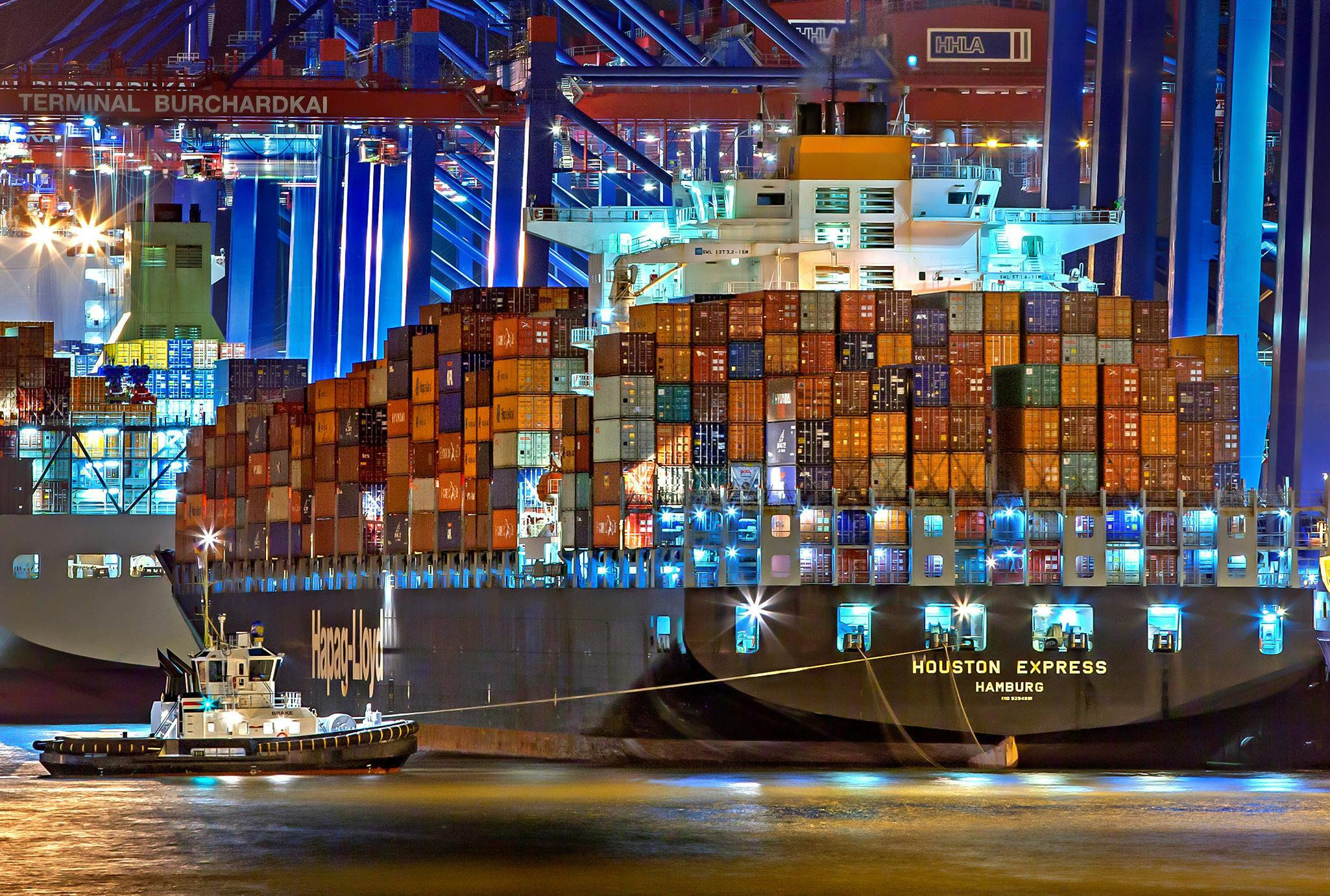International trading between the Middle East and Europe has long played a vital role in the global economy. As trade partners, these two regions are deeply interlinked through historical ties, energy dependence, infrastructure development, and increasingly diversified trade routes. In recent years, economic diversification efforts in the Middle East, along with Europe’s push for reliable energy and strategic trade partnerships, have amplified the importance of this intercontinental relationship.
Middle East and Europe: A Historical Trade Link
The trade relationship between the Middle East and Europe dates back centuries, with Silk Road routes and maritime corridors fostering early exchanges of spices, textiles, and precious metals. In modern times, this connection has evolved, centering around oil, gas, and manufactured goods, supported by improved logistics and diplomatic cooperation.
Key Trade Partners and Trade Volume
According to Eurostat, the European Union’s imports from the Middle East (specifically the Gulf Cooperation Council countries) totaled around €55.7 billion in 2022, while exports from the EU to the same region reached €44.3 billion. The UAE, Saudi Arabia, and Qatar are among the top Middle Eastern trade partners of Europe.
- Saudi Arabia remains one of the EU’s largest trading partners in the region, with exports from the EU reaching €24.2 billion in 2022.
- The UAE is a major hub for re-exports, receiving over €18.1 billion in EU goods.
Energy Trade: A Backbone of the Relationship
Europe relies heavily on the Middle East for its energy needs, particularly natural gas and crude oil. The International Energy Agency (IEA) reported that over 30% of Europe’s crude oil imports come from the Middle East. In 2022, due to geopolitical disruptions, Europe increased LNG imports from Qatar, which emerged as a key supplier.
In return, European technology and machinery are crucial for Middle Eastern energy infrastructure development, making this a mutually beneficial exchange.
Diversification Beyond Energy
While energy has historically dominated trade, both regions are now expanding into other sectors:
- Food and Agriculture: European food exports to the Middle East are growing steadily. The halal food market, valued at over $2 trillion globally, presents enormous opportunities for European producers.
- Technology and Innovation: European companies are investing in Middle Eastern tech hubs like Dubai Internet City and Saudi Arabia’s NEOM project.
- Green Energy and Sustainability: With both regions committing to net-zero targets, collaboration in solar, wind, and hydrogen energy is on the rise.
Infrastructure and Logistics Cooperation
Strategic ports and free zones are being developed and utilized to streamline trade between the regions. Notably:
- Jebel Ali Port in the UAE and Port of Rotterdam in the Netherlands are key nodes in the logistics chain.
- The EU-GCC Dialogue on Economic Diversification promotes smoother logistics and regulatory alignment.
Trade Agreements and Political Dynamics
Although a comprehensive EU-GCC Free Trade Agreement has not yet been finalized, several bilateral agreements are already in place, enhancing customs procedures and investment protections.
Furthermore, regional stability efforts and diplomatic progress, such as the normalization of ties between Israel and Arab states, are improving the overall trade environment.
Challenges to Address
Despite significant progress, challenges remain:
- Regulatory differences and tariff barriers
- Geopolitical tensions affecting supply chains
- Currency fluctuations and payment risks
Businesses engaging in international trading must remain agile, informed, and adaptable to these risks.
Future Outlook: Digital and Sustainable Trade
The future of Middle East-Europe trade lies in digitalization, sustainability, and resilience. E-commerce, blockchain logistics, AI-driven demand forecasting, and green certifications are becoming standard in cross-border trade practices.
Conclusion
The trade relationship between the Middle East and Europe is evolving rapidly. From a foundation rooted in energy dependency, it is moving toward a dynamic, diversified partnership built on innovation, sustainability, and shared economic growth. For businesses and investors, understanding this landscape presents a wealth of opportunities.
Sources:
- Eurostat (ec.europa.eu)
- International Energy Agency (iea.org)
- World Bank (worldbank.org)
- European Commission – Trade and Economy reports
- Statista and IMF datasets


